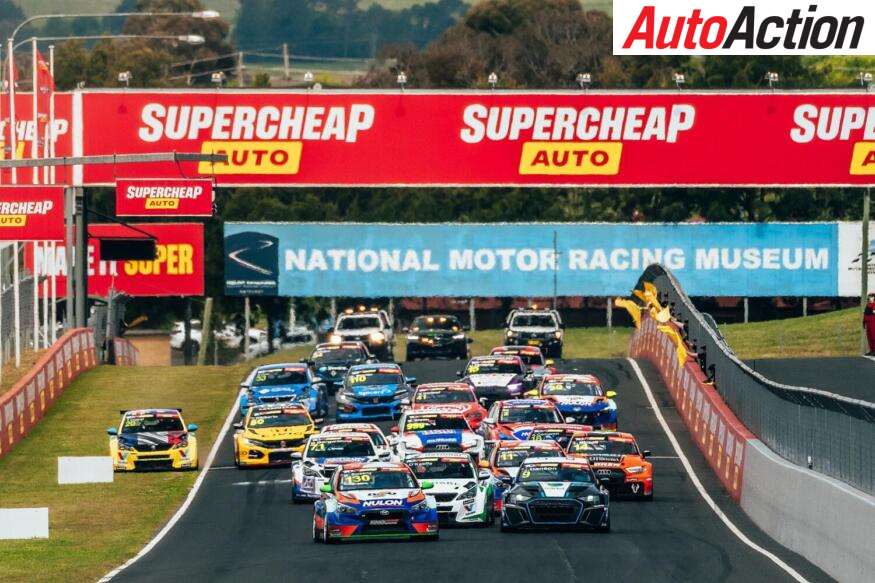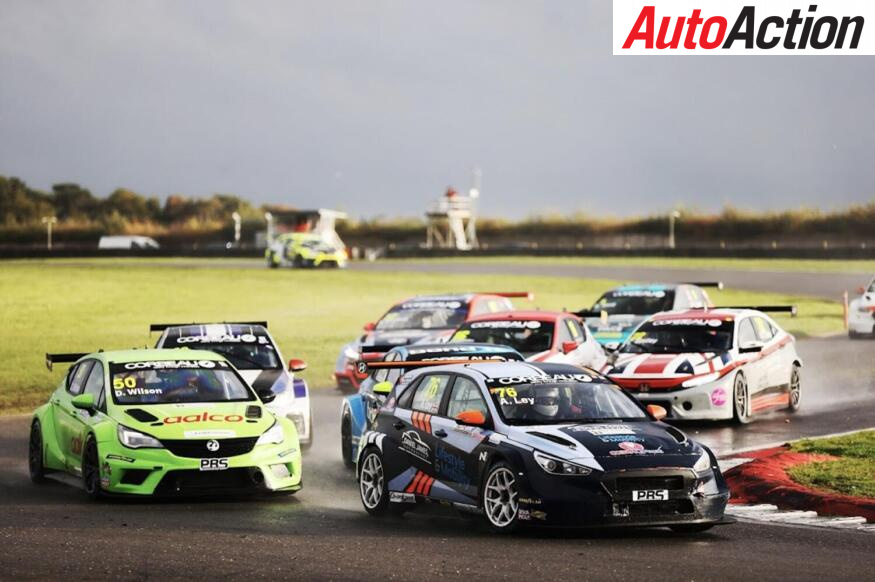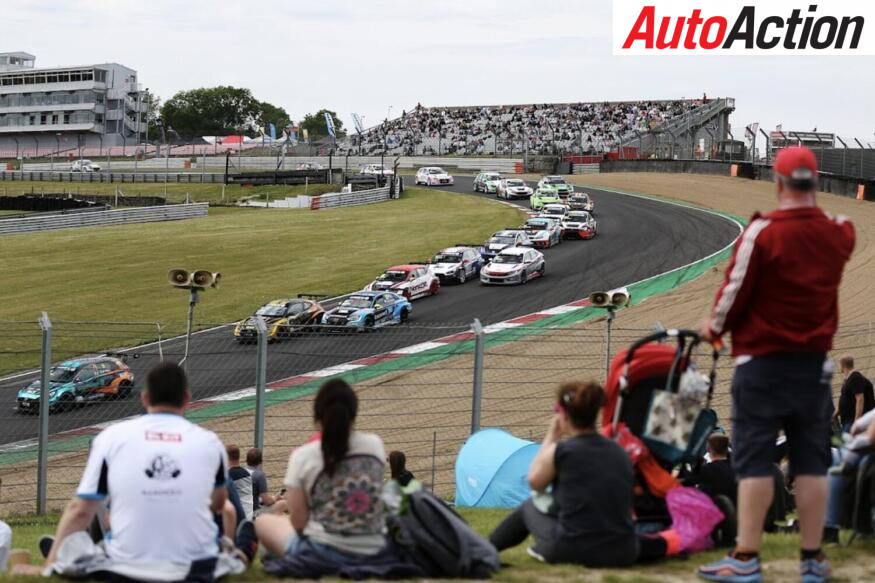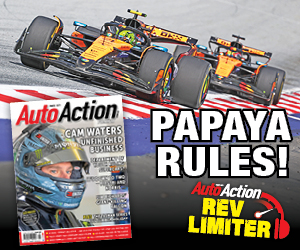TCR AUSTRALIA SET FOR HYBRID POWER BOOST

THE WSC Group, which runs TCR racing internationally, has unveiled its plans to roll out a ‘mild’ hybrid platform for TCR cars in 2024. In doing so, Lotti has confirmed that Australia will also adopt the hybrid power system for the 2024 season.
It’s all revealed in the latest issue of AUTO ACTION in a major interview feature with WSC Group president Marcello Lotti.
WSC has been working on what it calls a Mild Hybrid kit for the TCR cars since 2021 and started testing it in January this year.
TCR Australia will also adopt the hybrid platform for the start of 2024, made more accessible with TCR hybrid conversion kits likely being made available for the majority of the existing race cars.
The original plan for HTCR was to have it ready for 2023, but WSC’s president, Marcello Lotti, confirmed it will instead be rolled out globally in 2024 as manufacturers and teams start an intensive test program.
The goal was to build a plug-in system that captures energy from braking to provide a 20-30kW temporary power boost, or push-to-pass in layman’s terms.

TCR Australia is looking at the possibility of going hybrid in the future. Image: Daniel Kalisz
TCR Australia was keen to have the hybrid system running next year, but Lotti said that besides removing the system for the TCR World Tour races, they could not get enough units to Australia in time for the start of the 2023 season, confirming the local series will go hybrid in 2024, like the rest of the world.
The proposal for the adoption of a hybrid racing series and the hybrid power package itself was put to TCR Australia teams during the SpeedSeries round at Sandown in September, with the then CEO of ARG Matt Braid outlining what ARG’s plans would be for adoption of the hybrid program in TCR Australia.
There was mixed feedback from teams at the time with some in favour while others were concerned about the cost involved and what the package would look like, given the short time to the start of the 2023 series.
The ARG presentation at Sandown suggested that the hybrid upgrade package would be in the region 15,000 EUR per kit, which would be supplied as a ready to bolt in package developed by WSC in conjunction with TCR race car manufactures.
As things turn out 2023 was never going to be a realistic launch time for the program.
The development, testing and validation of the hybrid system has taken longer to finalise, hence there would be a delay in being able to manufacture enough units to supply the large number of TCR categories around the world.
Another stumbling block for the local category was going to be the retro-upgrading many of TCR Australia’s field of slightly older model cars, with several suppliers of TCR race cars reporting that they would not adapt the hybrid system to suit their older model cars, therefore it was looking like some models would not be able to be easily converted.

The UK TCR season most recently raced at Snetterton with hybrid power. iMage: Jakob Ebrey
Audi Sport for example were said to be not planning to make a retro-upgrade package available to suit the older spec cars, which meant that four of the existing Audi RS3 LMS TCR cars in Australia would not be able to be converted to the hybrid program.
However, it seems that most of the TCR car builders have been convinced to adapt the packages and will now make available conversion packages for most of the older cars.
Every active manufacturer, including Toyota, which joins next year, has been supplied a kit for testing purposes and has returned positive feedback.
According to Lotti, the capture and storage system was so efficient it required a rethink.
Rather than give the cars an extended power boost, they are putting systems in place to limit the amount of time it is available in the races.
“We spent two years developing the hybrid system,” he said. “At the moment, we have sent one kit to each manufacturer to start the assembly of a car and start testing. They have come back and said it is good.
“The driver will have to decide when to use it during the race. Do they want to use it as a push to-pass only or to use it to make a gap bigger?
We want to leave the strategy in the hands of the driver. But when it is finished, it is finished.
“When we developed the system, we thought the battery would probably run out in two or three laps, and after that, there would be no more boost.
“But the system is so good that you can run for 30 minutes, and it continues to work. So, for this reason, we decided on the time limits.
For example, in a 30-minute race, you may be able to use it for three minutes, something like that.
“Our position was to start in 2023, but because we couldn’t get it everywhere in time, we decided to postpone to 2024.
So, in 2024, it will be very easy to make all cars hybrids, but in 2023 we cannot.”

The UK TCR field flies through the famous Paddock Hill bend at Brands Hatch. Image: Jakob Ebrey
The Hybrid system was used in the British Touring Car Championship this year and will have revisions to its rules for 2023.
The top ten drivers in the BTCC raced and qualified with less hybrid power than the rest of the field, and in 2023 the top seven cars in the championship – or on the grid based on previous race results – will now have a reduced amount of hybrid available and will also have a higher minimum speed at which they can access the system.
Cars from eighth down will be able to use the system at lower speeds but can only use on 50% of the racing laps, each of which has a time limit for it’s over the duration of the lap.
How it will be used on the TCR World Tour or in TCR Australia has not yet been determined, but that is 12 months away…
For more of the latest motorsport news pick up the latest issue of Auto Action.
AUTO ACTION, Australia’s independent voice of motorsport.






